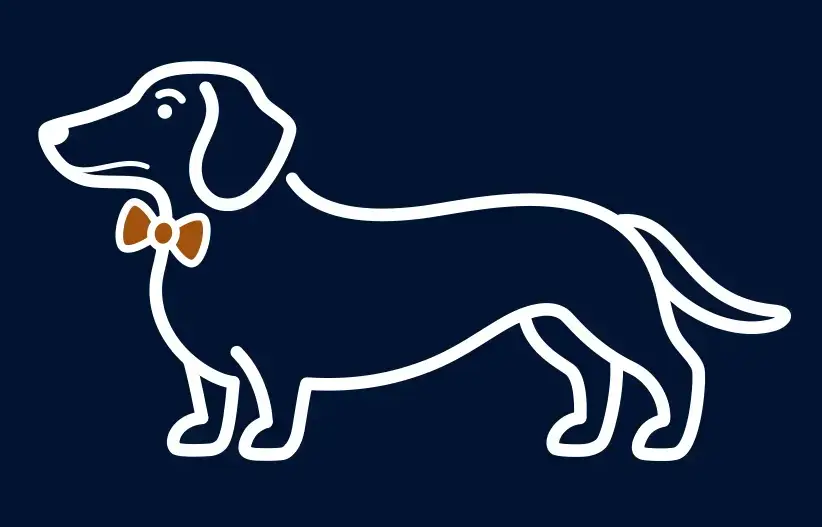teckel: Bartering
Bartering is the oldest form of commerce. Non-fungible tokens (NFTs) catapault bartering into the modern era.
teckel utilizes the capabilities of the Ethereum blockchain to enable the trustless barter of NFTs.
The World Economic Forum estimates that by 2030, the tokenized real-world assets market could reach $16.1 trillion, accounting for about 10% of global GDP.†
